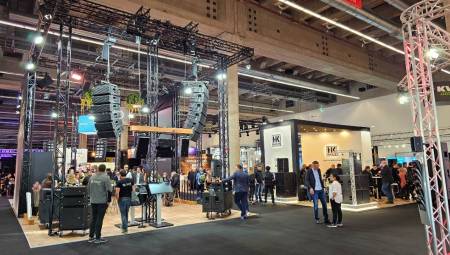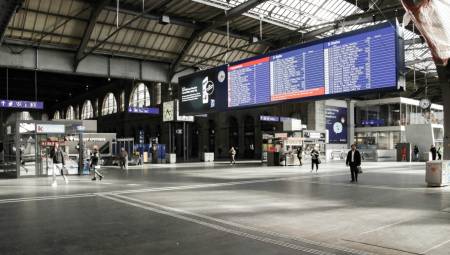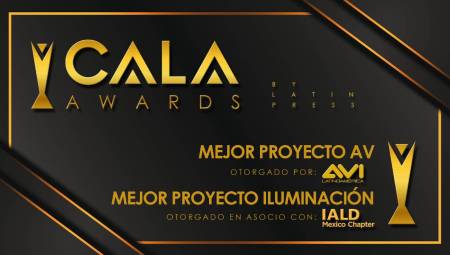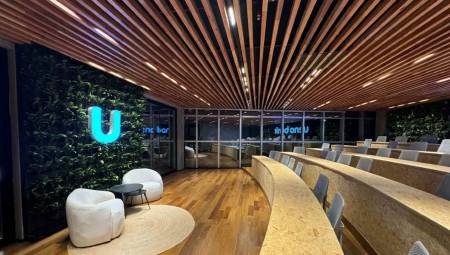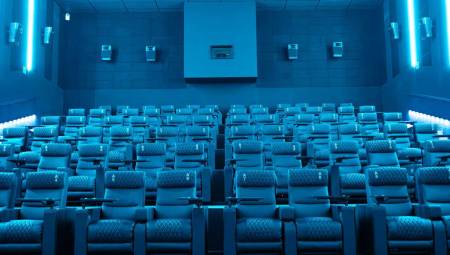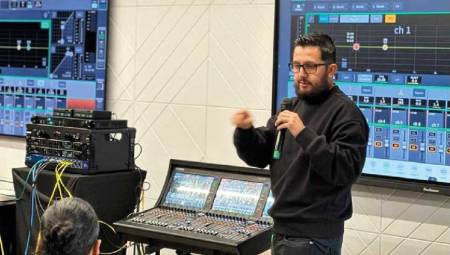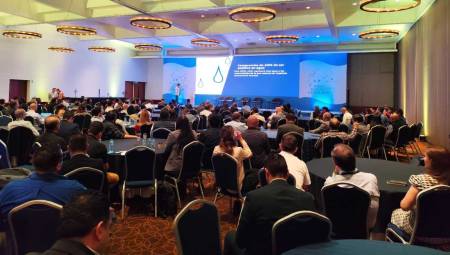 Brazil. Panasonic participated closely with the audiovisual creative team of the National Shrine of Brazil in the development of a projection room where it was proposed to reinvent the 3D format and narrate the origin of Our Lady Aparecida in a unique way. Ten Panasonic projectors are used on five screens to generate an immersive experience and make viewers feel part of the story.
Brazil. Panasonic participated closely with the audiovisual creative team of the National Shrine of Brazil in the development of a projection room where it was proposed to reinvent the 3D format and narrate the origin of Our Lady Aparecida in a unique way. Ten Panasonic projectors are used on five screens to generate an immersive experience and make viewers feel part of the story.
The National Shrine is the largest Catholic evangelization center in Brazil and annually receives around 12 million visitors from all over the world. An area of the Shrine was specifically designated to tell the story of the Patron Saint of Brazil, Our Lady Aparecida, by screening a 3D short film; that space was called Cinema Padroeira (Cinema Patrona).
The particularity of the room, and of the tape, is the three-dimensional format in which the story is told to visitors. The projection area is made up of five screens: a long one in the center (background), two lateral, one lower; in the area delimited by the other screens and another more translucent in front, which reinforces the 3D sensation with the appearance of a hologram.
The film lasts 16 minutes and each scene was recorded from different angles to project them in sync through the five screens. The main action takes place on the background screen, the sides show details and reactions of the characters, the lower and front screens help build the 3D effect without the need for the audience to wear glasses, as if they were living in the moment with the protagonists.
The laser projectors used to achieve this "immersion cinema" were ten PT-RZ670BU with ET-DLE030 lenses. The room was ready last August and the first screening occurred in October. According to Sergio Constantino, Sales Director at Panasonic Brazil "it is the first time that this holography technology has been implemented without the need for the public to wear lenses."
Panasonic of Brazil suggested laser projectors based on the requests of the Sanctuary staff to have colors that remain uniform over time; the wear on the color of the operation of a projector is significantly less in a laser than in one with a lamp.
Constantino states that "the low noise level of the projectors is also a differential, as these models do not have lamps that generate heat, there is a reduction in the cooling system and a discreet operation is ensured". He concluded that Panasonic's solution offered two key points to the customer: having a precise and even colorimetry, as well as a very quiet atmosphere.
The film has been exhibited in front of more than 50,000 people since October 2016, which adds up to more than 700 hours of screening. Alfonso Aurin, Project Manager comments that "Panasonic laser projectors were essential to achieve a homogeneous operation, it was essential that they had the same image quality, luminosity, colorimetry and grayscale."
To date, the projectors have not required technical assistance or reconfiguration. "It's a positive aspect of laser-phosphor projectors, they dispense with a lamp and can operate for 20,000 hours without maintenance. Even though they are used for long periods, the image remains stable," says Aurin.




